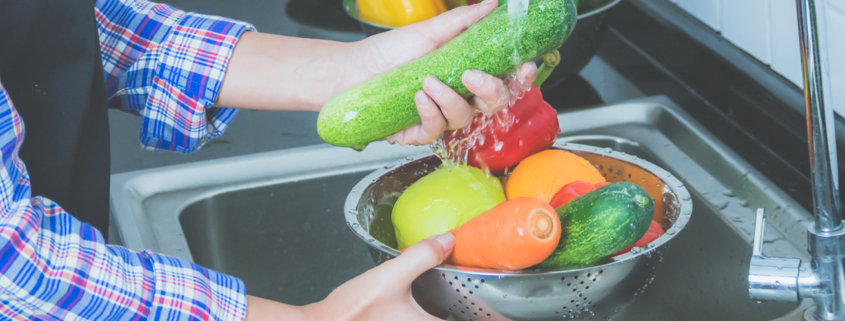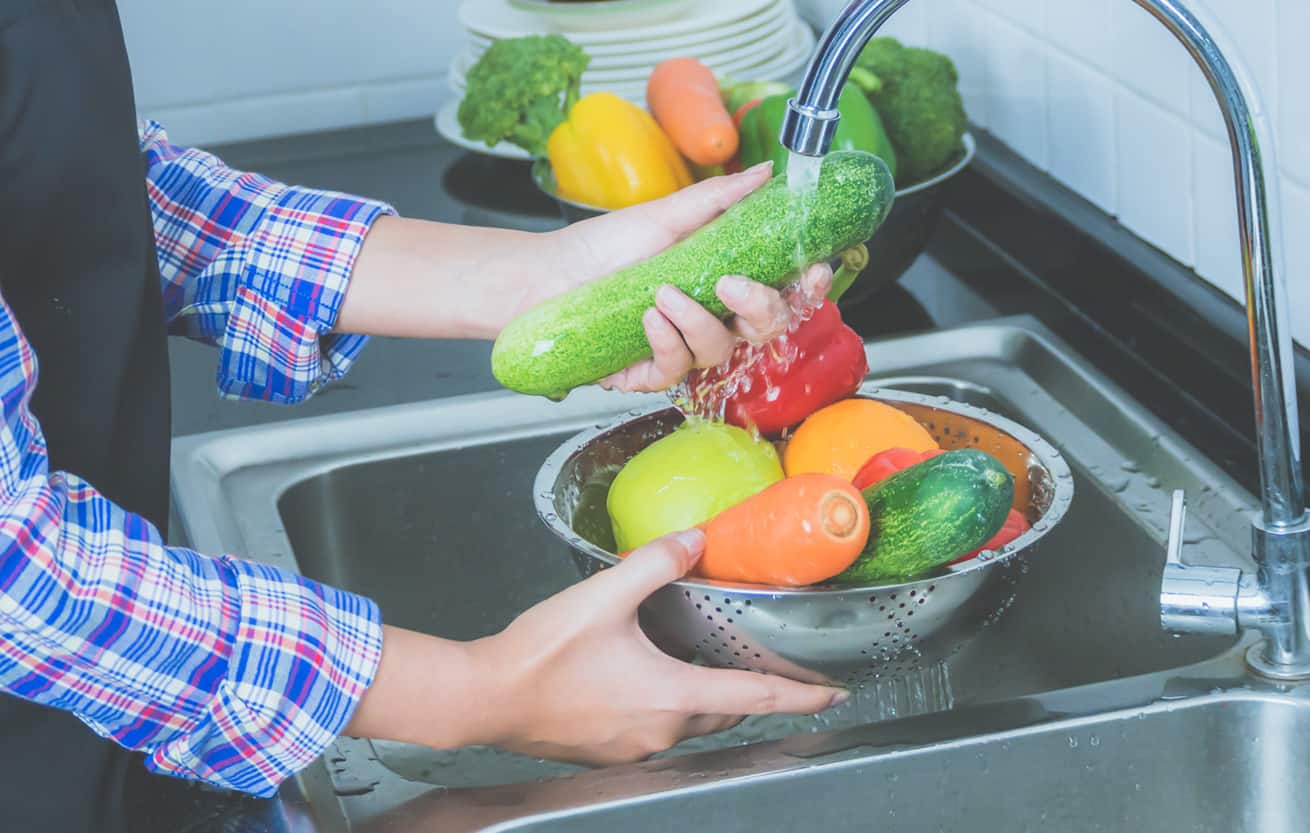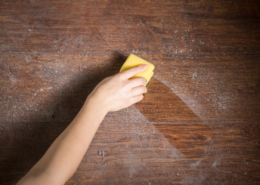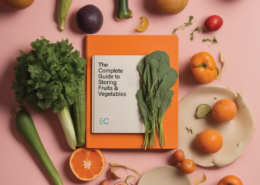How to Make Highly Effective Fruit and Vegetable Wash
Every year, reports the Center for Disease Control, nearly 48 million people become ill from foodborne contamination, including sickness caused by fresh produce. To avoid this, the U.S. Food and Drug Administration recommends washing produce thoroughly to make certain the produce is safe for consumption.
While eating fresh produce straight out of the grocery bag is tempting, I don’t think that’s a good idea. Commercial produce sanitation may be up to speed with excellent guidelines and good oversight, let’s just say I don’t trust the produce handling practices of consumers. That bunch of grapes was likely touched by many hands before it landed in my cart—unwashed hands!
I’m simply not comfortable with just running my produce under cold water, per the FDA’s recommendations. If you’re with me on that, consider making your own fruit and veggie wash to loosen debris, remove pesticides, and eliminate some of the bacteria that other grocery shoppers passed on to your produce.
While buying commercial products to do this might sound great because it’s convenient, check the ingredients. You’ll likely find an ironically high number of chemicals with a price tag to match. Mixing up your fruit and vegetable wash is cheap and ridiculously easy. And you’ll know exactly what’s in it.
Fruit and Vegetable Wash
- 1 cup cold tap water
- 1/3 cup white vinegar
- 2 tablespoons lemon juice
Mix these ingredients together and pour into a spray bottle. Spray your produce 2-3 times, let it rest for two minutes, and then rinse off with cold, running tap water before consuming. This recipe multiplies easily. Store it under the sink.
According to Colorado State University Extension, blending lemon juice with vinegar makes it more effective by increasing acidity. This can help kill a greater number of bacteria, including E. coli. Washing berries with a vinegar solution offers additional benefits—it prevents them from molding within a few days of purchase. When shopping, always try to choose unbruised and undamaged produce.
Smooth-skinned produce
Smooth-skinned produce has edible skin. Examples are apples, grapes, and tomatoes. Spray these types of produce with the spray (above), thoroughly coating them with the solution. Allow resting for 30 seconds before rubbing the surface with your hands—not an abrasive scrubber. Rinse under cold, running water to remove all vinegar taste. This prevents you from breaking the skin before the fruit or vegetable is completely clean, which could expose the flesh to contaminants.
Rough, firm-skinned produce
Broccoli, cauliflower, leafy greens, melons, potatoes, berries, and other produce without a smooth or soft surface are slightly more difficult to clean. They require soaking in a 1 to 3 ratio of vinegar and water mixture (1 cup vinegar to every 3 cups of water) for about 10 minutes. This makes sure that the acidic blend has time to kill bacteria.
For heads of cabbage or other leafy greens, separate the leaves for thorough cleaning. Use your sink as the container for the water and vinegar mixture; you will have plenty of room. After a 2 to3 minute soak, rub gently and rinse under cold, running water
One more thing
Don’t assume you can skip washing produce with inedible rinds like oranges, melons, squash, and pineapple. Cutting or peeling the produce can transfer contaminants to the edible flesh.
















I wondered if using powder lemon would work instead of regular lemon for the mix.
Great idea, Diane. I’m confident that is a good substitutes. It’s the citric aid that’s key to this wash. Both contain citric acid.
Mary, you didn’t mention avocados. I always wash them with dish detergent when I take them out of the bag, before letting them ripen then put into the frig. Is that enough or should I use this vinegar/lemon juice method also?
My cherries seem to have an oily coating. If I wash them with the vinegar solution, unless I dry 2 lbs individually, won’t they mold?
I have been using Mary’s recipe above for years on all my fruits and vegetables and do not have any problem with them molding right away. (I always look for the freshest fruits & veggies which helps.) I also store the produce in berry boxes which, I believe, aids in preserving its life. Hope this helps!
Mary, if I plan to cook the item (like baking a potato), would the oven (or stove) heat kill germs and bacteria or should I still wash it before cooking?
I wash if for no other reason than to remove the dirt. Your example of potatoes—root vegetable that is harvested from underground.